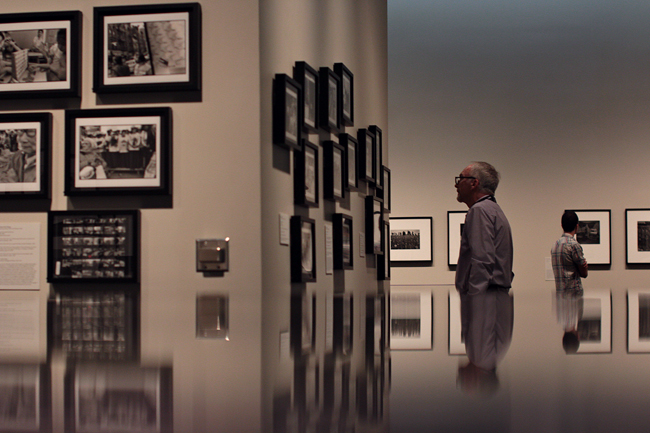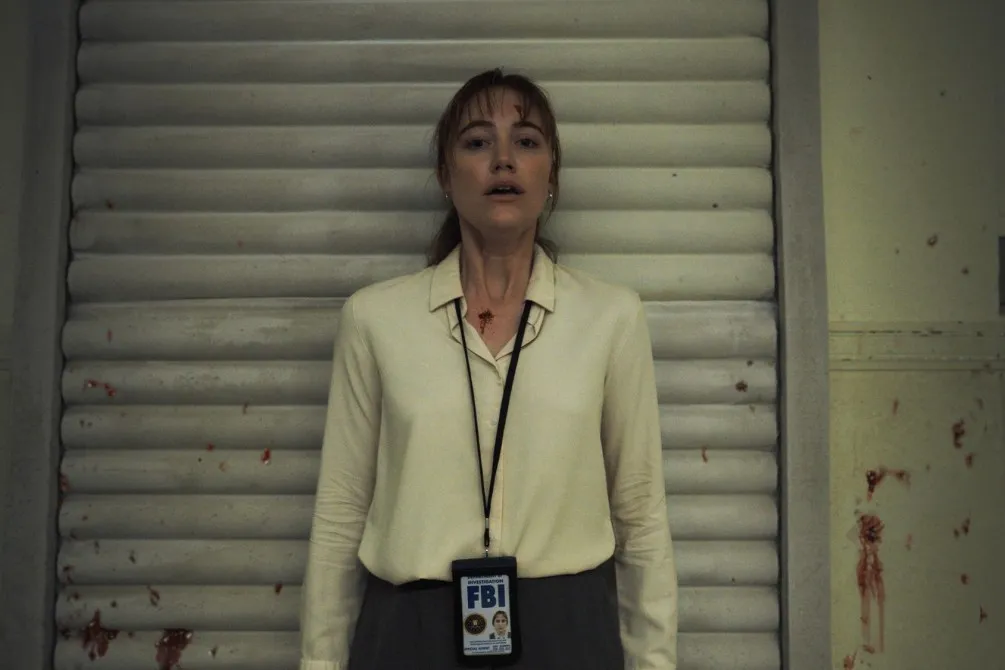From Marilyn Monroe and Fidel Castro to Mohandas Gandhi, Magnum photographs portray images of cultural icons, political strife and international conflict.
Two hundred thousand Magnum prints have been donated to the Harry Ransom Center in what is expected to be the largest donation ever made to the center. The photos will be the subject of lectures, seminars and personal research for years to come.
Magnum Photos, a cooperative photo agency founded in 1947 by photographers Robert Capa, David Seymour, George Rodger, Henri Cartier-Bresson and William Vandivert, was the first photo agency of its kind created by photographers, for photographers.
“It’s a picture agency which, by its very inception, changed the whole process of photo agencies and, therefore, the face of journalism in the 20th century,” said Roy Flukinger, senior research curator at the Harry Ransom Center. “It was a radical concept.”
Before Magnum, publications hired photographers for a story and then owned the rights to the photos. With the creation of Magnum, photographers retained the rights to their photos after they were published and had greater say in how their pictures were used.
“Once they formed Magnum, their picture stories reflected their own intentions and their own narratives, so the way that they worked wasn’t any different but the way their wishes were actually translated into the final publication were probably much stronger once they had the control,” said Jessica McDonald, chief curator of photography for the Ransom Center.
This new level of creative control allowed photographers to publish their own fresh perspectives.
“They had a point of view, they wanted to tell the stories their way and they wanted to control not only the way photographs were made, but the way they were used and the way that they could tell their point of view in their work,” Flukinger said.
Photos taken by Magnum photographers can be used after initial publication. At times, their work became part of photo books, videos and multimedia projects.
The Magnum collection seamlessly transitions between preconceived categories of photojournalism, art photography and documentary photography.
“Something that this exhibition is attempting to do is to sort of muddy those categories, to show that while Magnum has transformed since its founding, [those preconceived categories are] not clear. A lot of activities are going on at the same time so the photographs can be understood in a variety of contexts,” McDonald said.
The photo agency spans the pre- and post-digital eras of photography, maintaining relevance despite drastic changes in the publishing industry.
“It’s not so simple as this idea of pre-digital and post-digital,” McDonald said. “The idea is of constant transformation and evolution, and I think that’s how they’re still successful and how they’ve survived.”
The current exhibit at the Ransom Center, “Radical Transformation: Magnum Photos into the Digital Age,” is on view through January 2014.















